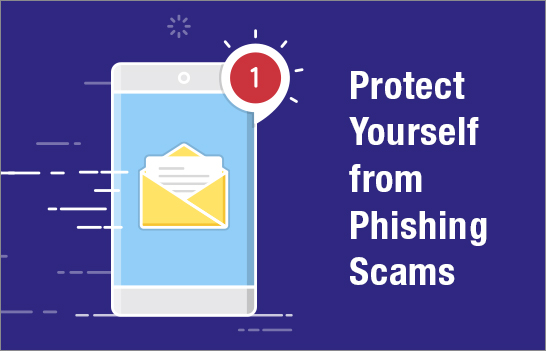If you are not cautious when using the internet, you might easily become a victim of a phishing scam. Hackers’ assaults are becoming increasingly sophisticated. Criminals are continuously attempting to defraud us through phone calls, emails, text messages (SMS), and, more recently, social media (Facebook, Snapchat, etc.).
There are, however, three easy things you may do to safeguard yourself. Keep reading to find out how to prevent phishing scams.
National Cybersecurity Awareness Month
As October is National Cybersecurity Awareness Month (NCSAM), we urge workers, suppliers, friends, and family to take proactive efforts to improve personal and organizational cybersecurity. NCSAM is a joint government-industry effort to promote awareness about the importance of cybersecurity.
What exactly is phishing?
Phishing occurs when a cyber thief impersonates another firm to get sensitive personal information from users. For example, you may receive an email from Chase Bank instructing you to click here to log in to your account because there is a problem.
The link might include a virus or Trojan horse that installs a key logger to monitor what you input to steal important information. The key logger can get the passwords you use, and because many individuals repeat passwords, cyber crooks may easily connect to your accounts.
Attachments and hyperlinks
Every day, a large number of emails are received from numerous sources. The simplest approach to avoid phishing scams is to avoid clicking attachments or links from unknown senders. Many phishing schemes are clear, while others are more difficult to detect.
If you receive an email or text from Chase Bank but do not have an account with them, you know it is a fraud. Other clues include the email from the name vs the real email address. The screenshot below has more useful information.
You should never click on a link in an email or text message if you receive a notification from a firm claiming you have an account.
Make contact with Sender
It simply takes a few minutes to call the sender and confirm the message’s validity. Create a procedure and ensure that all necessary stakeholders are trained. For example, when it comes to crucial topics like financial transactions, the ideal practice is to demand phone call verification after an email is received. Furthermore, to prevent fraud, specified personnel should be permitted to perform financial transactions. Remember, if the email appears strange, it is better to take the time to check it rather than deal with a cybersecurity catastrophe.
Go to the URL
Hovering over URLs in a message may save you and your organization a lot of time and effort. When you click on URLs, you are allowing scripts to run that will start malware that will infiltrate your workplace network, encrypting data and keeping it hostage. Last year, the City of Atlanta was hit by ransomware, which demanded $52,000 to recover its data. They 6 spent $2million in total. The greatest defense against cyber attacks is to educate people and have solid backups offshore.
Conclusion:
There is always a dark side to any useful thing. Internet is a great thing to use. But it also comes with its side effects. As mentioned above, you can easily eliminate phishing scams. All you have to do is to be sure. Like accessing a website, that doesn’t have any useless links. So just stay safe and explore the world.



